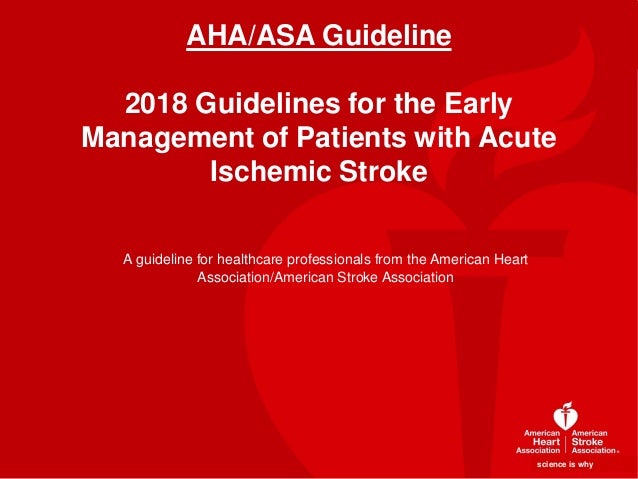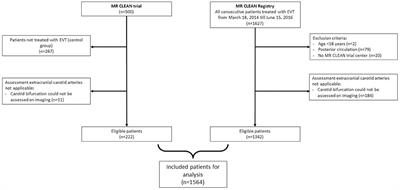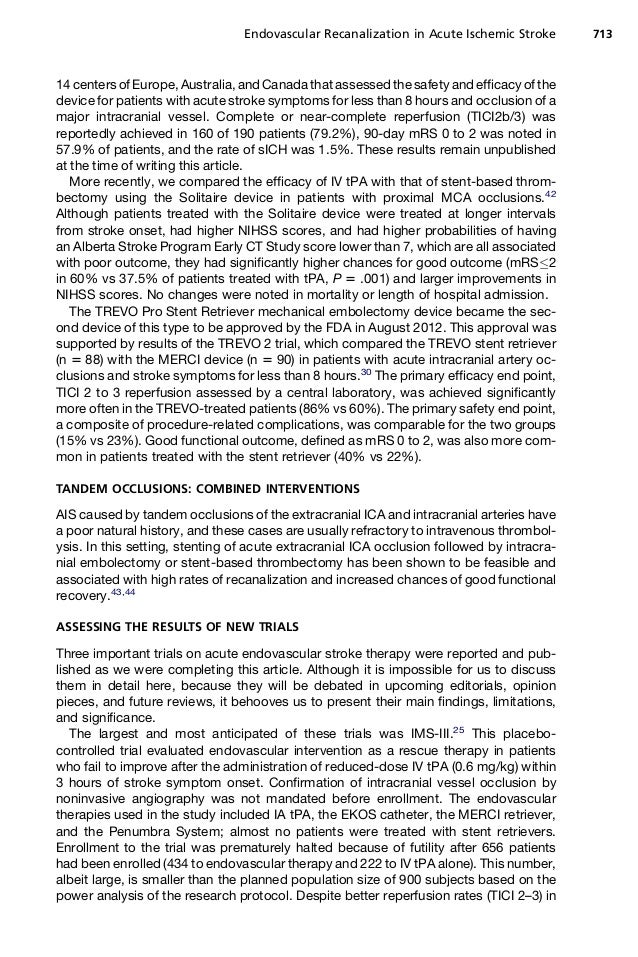Tandem Occlusion In Acute Ischemic Stroke
Welcome to our site! Here we have a plenty of tandem occlusion in acute ischemic stroke for you as your basic idea in your next Action! Feel free to download the image and use it as your guideline. browse deeper to get more info about tandem occlusion in acute ischemic stroke.
Stroke etiology and collaterals.
Tandem occlusion in acute ischemic stroke. Srt with emergency carotid stenting is associated with acceptable safety and efficacy in acute anterior stroke patients with tandem occlusion compared to natural history. Sivan hoffmann r et al. Tandem occlusion resulting in acute ischemic stroke is associated with high morbidity and mortality and a poor response to thrombolytic therapy. A cute tandem occlusion involving the cervical internal carotid artery ica with concomitant intracranial thromboembolism to the intracranial ica terminus or middle cerebral artery mca is estimated to occur in 15 of all cases of large vessel acute ischemic stroke.
A systematic review and meta analysis. 1 it is now clear based on recent randomized controlled trials that endovascular treatment of these patients results in better outcomes 2 3 but the best interventional strategy to manage the extracranial carotid lesion is debated. The purpose of this study was to review technical aspects and the current state of the literature. Stent retriever thrombectomy for acute anterior ischemic stroke with tandem occlusion.
Atheroembolic strokes have greater collateral recruitment than cardioembolic strokes. 1 the management of tandem lesions was variable across the randomized endovascular trials for thrombectomy in stroke with some trials excluding patients with extracranial carotid occlusions including the swift prime trial solitaire fr with the intention for thrombectomy as primary endovascular treatment for acute ischemic stroke 2. Ischemic stroke related to tandem internal carotid and middle cerebral artery tim occlusion is a challenging condition where endovascular treatment evt is an emerging revascularization option. The data on endovascular management of tandem occlusions is still limited.
Rebello lc et al. The use of endovascular strategies for tandem stroke cases results in an improved outcome for this subgroup of patients. Objective tandem occlusions continue to represent a major challenge in patients with acute ischemic stroke ais. Tandem occlusions tos involving occlusion of the cervical internal carotid artery ica and concomitant intracranial large vessel occlusion lvo of either the intracranial ica and or proximal middle cerebral artery mca have poor response to iv thrombolysis alone 1 and are known to be a predictor of poor outcome after thrombolysis 2 in recent years endovascular thrombectomy has become the standard of care in treating large vessel anterior acute ischemic stroke ais 3 though most.
However the best modality to treat proximal stenosis is based on an individual case basis. The anterograde approach with proximal to distal revascularization as well as the retrograde approach with distal to proximal revascularization have been reported without clear consensus or standard guidelines. Acute tandem occlusions of the cervical and distal internal carotid artery ica or middle cerebral artery mca are associated with major stroke with intravenous i v thrombolysis alone in approximately 90 of patients. Acute ischemic stroke in the setting of tandem extracranial carotid artery disease and intracranial large vessel occlusion is associated with poor outcomes.


















